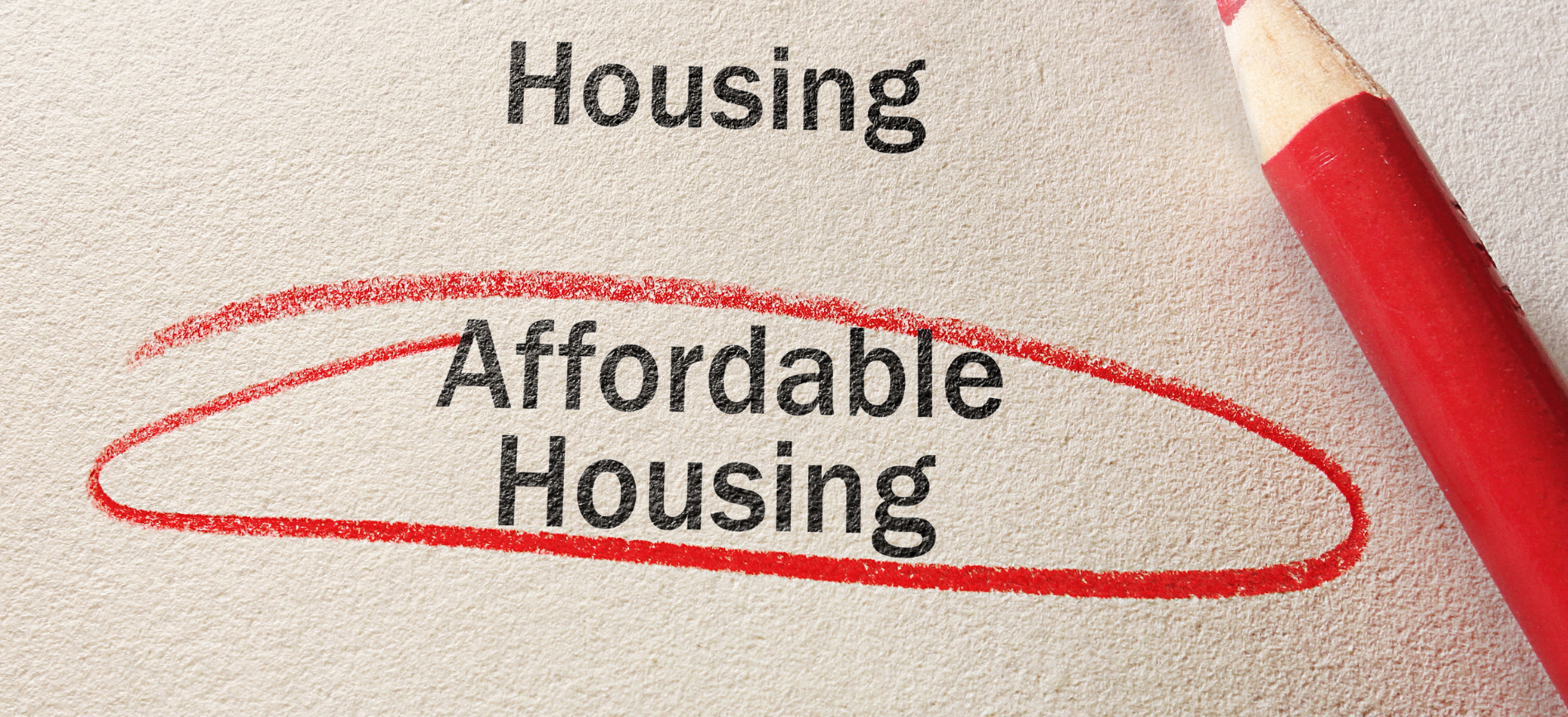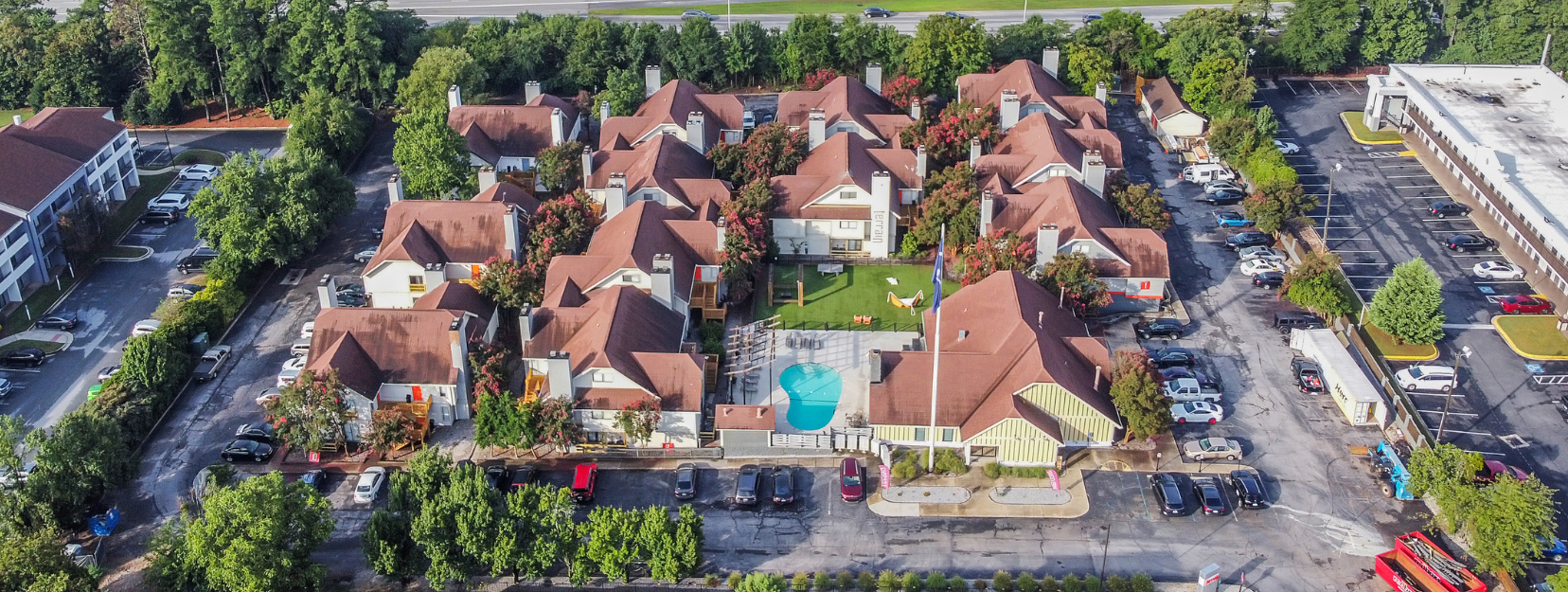BLOG
Affordable upstate
What is Affordable Housing
A Guide for Investors
By: Mario Brown

Affordable housing is rapidly becoming one of the most pressing issues in real estate today. For investors, this often-overlooked sector presents a rare win-win opportunity—one that combines meaningful social impact with sustainable financial returns. But what is "affordable housing," and how can you get involved? This guide walks through what defines affordable housing, the market challenges it addresses, and how investors can take part in creating brighter futures while growing their portfolios.
What is Affordable Housing?
Affordable housing refers to residential units designed for individuals and families earning below the median income of a given area. The general benchmark used is that housing costs, including rent and utilities, should not exceed 30% of household income to be considered affordable.
Programs promoting affordable housing often target workforce sectors—teachers, healthcare staff, retail workers—who are vital to a community’s functioning yet struggle to afford market-rate housing. Developers and property managers may work within frameworks such as the Low-Income Housing Tax Credit (LIHTC) program to attract funding while keeping rent manageable for tenants.
Creating affordable housing is not only about lowering rents. It involves thoughtful planning to provide quality, safe, and accessible housing that creates a foundation for long-term stability for residents.
The Problem at Large
The demand for affordable housing far exceeds the current supply. Recent data from the National Low Income Housing Coalition reveals that no state in the U.S. has an adequate supply of affordable rental homes for its low-income residents.
Contributing factors include rapid population growth in urban and suburban areas, rising land and construction costs, and stagnant wage growth. Even as municipalities attempt to address the crisis, zoning restrictions and limited funding often pose significant roadblocks.
The shortfall in affordable housing is no longer isolated to major cities; it's a nationwide challenge that demands both local and national solutions.
Zooming in Locally: The Issue in Upstate South Carolina

Affordable housing is particularly relevant in regions like Upstate South Carolina. A growing job market, driven by expanding industries, has brought an influx of new residents to the area. While this growth is undeniably positive, it has also placed strain on the local housing market. Median home prices in cities like Greenville have surged, pushing many out of reach for middle and low-wage workers.
For residents of Upstate SC, affordable housing isn't just a need—it’s a foundation for sustaining the region's impressive economic trajectory. Employers depend on a stable local workforce, and affordable housing plays a major role in ensuring those workers can live near their jobs. If workers struggle to find affordable places to live, businesses will face challenges in recruiting and retaining employees.
The Opportunity for Investors
The affordable housing sector represents a unique intersection of financial returns and socioeconomic impact. For real estate investors, it offers advantages that are often harder to achieve in conventional market-rate housing.
Financial Benefits
- Stable Demand: Affordable housing consistently outpaces supply, ensuring ongoing demand.
- Tax Incentives: Programs like LIHTC and Opportunity Zones provide substantial tax benefits to developers and property owners.
- Resilience in Downturns: Unlike luxury or higher-end rentals, affordable housing shows strong performance even during economic downturns, as the demand for affordable units remains high.
Social Impact
Affordable housing investments allow you to create meaningful change in your community. By providing stable, quality housing, you’re empowering residents to focus on building brighter futures—whether through career advancement, education, or simply a greater sense of security.
Further, community-driven investments contribute to accelerating regional growth by supporting workforce stability and reducing social disparities. This ethos is a central value of organizations like Affordable Upstate, which bridges the gap between investor interests and community needs.
The Transformative Impact on Residents
For residents, having access to affordable, quality housing is a lifeline. It improves their financial well-being, health, and sense of belonging in a community. Here's how affordable housing transforms lives:
- Financial Stability: With lower housing costs, residents can allocate more of their income to essentials like food, healthcare, and education while also building savings.
- Improved Quality of Life: Affordable housing ensures access to clean, safe, and well-maintained residences, which significantly impacts both physical and mental health.
- Proximity to Opportunity: Affordable housing is often strategically located near schools, public transportation, and work hubs, giving residents access to opportunities that might otherwise be out of reach.

For low- to moderate-income families, the chance to live affordably means more than just having a roof over their heads—it can redefine what’s possible for their future.
How to Get Started as an Investor
If you're ready to explore affordable housing investment opportunities, here are a few steps to help you get started.
1. Partner with Expert Organizations
Work with entities like Affordable Upstate, which specializes in bridging investors and community-driven projects. They’ll guide you through identifying opportunities, maximizing financial benefits, and ensuring ethical practices in affordable housing investments.
2. Explore Tax Credit Programs
Gain a solid understanding of the Low-Income Housing Tax Credit (LIHTC) and how it can offset your investment costs. Collaborate with industry professionals who have experience navigating these programs.
3. Assess Local Needs
Focus your efforts on regions with a clear demand for affordable housing, like Upstate SC. This grassroots approach increases the impact of your investments and connects you to a community that values your contributions.
4. Prioritize Sustainability
Invest in housing developments that incorporate eco-friendly materials and energy-efficient designs. Sustainable projects reduce long-term operating costs while aligning with modern environmental goals.
5. Stay Committed to the Community
Treat tenants as stakeholders. Learn their stories and ensure property management reflects the shared mission of creating stable, high-quality living environments.
Building Better Futures
Affordable housing investment is more than a financial opportunity; it’s a chance to contribute to a solution that strengthens communities, boosts regional economies, and reshapes lives. For investors ready to make a difference, the time to act is now.
Affordable housing isn’t just a moral imperative—it’s a smart, forward-thinking play that delivers value for years to come.
Diversify Your Portfolio with Commercial Real Estate Investments Opportunities
MORE FROM THE BLOG






